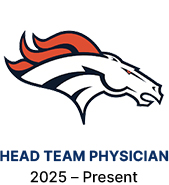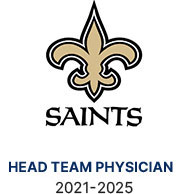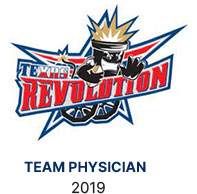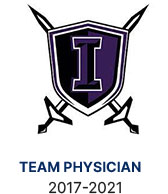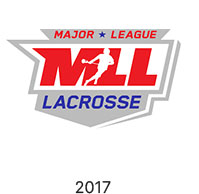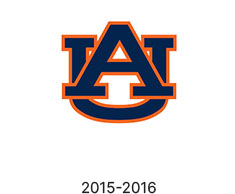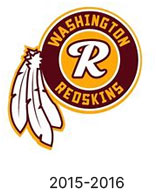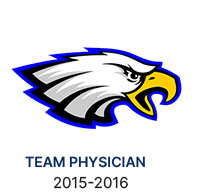What is Open Glenoid Bone Grafting?
The glenoid, also called the glenoid cavity or glenoid fossa, is a shallow depression in the shoulder blade (scapula) that connects the upper arm bone (humerus) with the collar bone (clavicle).
Open glenoid bone grafting is a surgical procedure in which a damaged area of the glenoid (with bone loss or missing bone) is replaced with a bone graft (healthy bone tissue) obtained from your body, such as the iliac crest, or with an allograft, a synthetic, artificial, or natural bone substitute. It is an open surgery to correct problems related to the glenoid bone or cavity. The main objective of a glenoid bone graft surgery is to build up the shoulder socket so that it offers more stability for the shoulder joint.
Anatomy of the Shoulder
Your shoulder joint (glenohumeral joint) is a ball and socket joint made up of the upper arm bone, the shoulder blade, and the collarbone. The head of the upper arm bone fits into the socket of the shoulder joint known as the glenoid cavity. The outer edge of the glenoid is surrounded by a strong fibrous tissue called the labrum, which provides some depth to the socket, increasing the stability of the joint. Stability is further enhanced by ligaments that form a capsule around the joint, as well as muscles and tendons which center the humeral head in the socket.
Indications for Open Glenoid Bone Grafting
Open glenoid bone grafting is usually indicated for bony instability, also known as shoulder instability or glenohumeral instability, a condition in which a significant inability to retain the head of the humerus in the glenoid socket is noted because the socket of the shoulder is compromised. In order to address this instability, deepening of the socket with bone graft is undertaken to provide much-needed stability.
Some of the other indications that may warrant open glenoid bone grafting include:
- Anterior shoulder instability
- Chronic shoulder dislocation
- Bankart tear or injury
- Hill–Sachs fracture or Hill–Sachs lesion
- SLAP tear
Preparation for Open Glenoid Bone Grafting
Preoperative preparation for open glenoid bone grating will involve the following steps:
- A thorough examination by your doctor to check for any medical issues that need to be addressed prior to surgery.
- Depending on your medical history, social history, and age, you may need to undergo tests such as blood work and imaging to help detect any abnormalities that could threaten the safety of the procedure.
- You will be asked if you have allergies to medications, anesthesia, or latex.
- You should inform your doctor of any medications, vitamins, or supplements that you are taking.
- You should refrain from medications or supplements such as blood thinners, aspirin, or anti-inflammatory medicines for a week or two prior to surgery.
- You should refrain from alcohol or tobacco at least 24 hours prior to surgery.
- You should not consume any solids or liquids at least 8 hours prior to surgery.
- Arrange for someone to drive you home as you will not be able to drive yourself post surgery.
- A written consent will be obtained from you after the surgical procedure has been explained in detail.
Procedure for Open Glenoid Bone Grafting
The procedure for open glenoid bone graft surgery involves the following steps:
- Anesthesia is administered to make sure you do not feel any discomfort or pain during the procedure.
- After cleaning the shoulder area, a surgical cut is made through the skin and muscles surrounding the glenoid.
- An additional cut is made in an area, such as the pelvis bone or leg bone to harvest your bone graft unless allograft substitute is used.
- A small proportion of bone is removed from that area using special instruments.
- The bone graft is then inserted into the section of the glenoid with bone loss or missing bone and allowed to grow.
- Your surgeon might also use pins, plates, or screws to secure the bone graft in place.
- Your surgeon undertakes any other repairs that may be required accordingly.
- Finally, the incision around the glenoid bone is surgically closed along with the area where the bone graft was harvested, if applicable.
Postoperative Care Instructions and Recovery
In general, postoperative care instructions and recovery after open glenoid bone grafting involves the following steps:
- You will be transferred to the recovery area to be monitored until you are awake from the anesthesia.
- Your nurse will monitor your blood oxygen level and other vital signs as you recover.
- You may notice some pain, swelling, and discomfort in the shoulder area. Pain and anti-inflammatory medications are provided as needed.
- You may also apply ice packs on the shoulder to help reduce swelling.
- Use a pillow under your shoulder while lying in bed for comfort.
- Medications will also be prescribed as needed for symptoms associated with anesthesia, such as vomiting and nausea.
- Antibiotics are prescribed for risk of infection associated with surgery.
- Keep your surgical site clean and dry. Instructions on surgical site care and bathing will be provided.
- Refrain from smoking as it can negatively affect the healing process.
- Eating a healthy diet rich in vitamin D is strongly advised to promote healing and a faster recovery.
- Refrain from strenuous activities, lifting heavy weights, and driving for the first 6 weeks. Gradual increase in activities over a period of time is recommended.
- An individualized physical therapy protocol is designed to help strengthen your shoulder muscles and optimize shoulder function.
- You will be able to resume your normal activities in a couple of months; however, return to sports may take anywhere from 4 to 6 months.
- A periodic follow-up appointment will be scheduled to monitor your progress.
Risks and Complications of Open Glenoid Bone Grafting
Open glenoid bone grafting is a relatively safe procedure; however, as with any surgery, there are risks and complications that could occur, such as:
- Infection
- Rejection of bone graft
- Damage to nerves or blood vessels
- Poor bone healing
- Instability or stiffness of the joint
- Wear or loosening of the bone graft
- Surgical revision
- Fracture
- Arthritis
- Anesthetic complications

